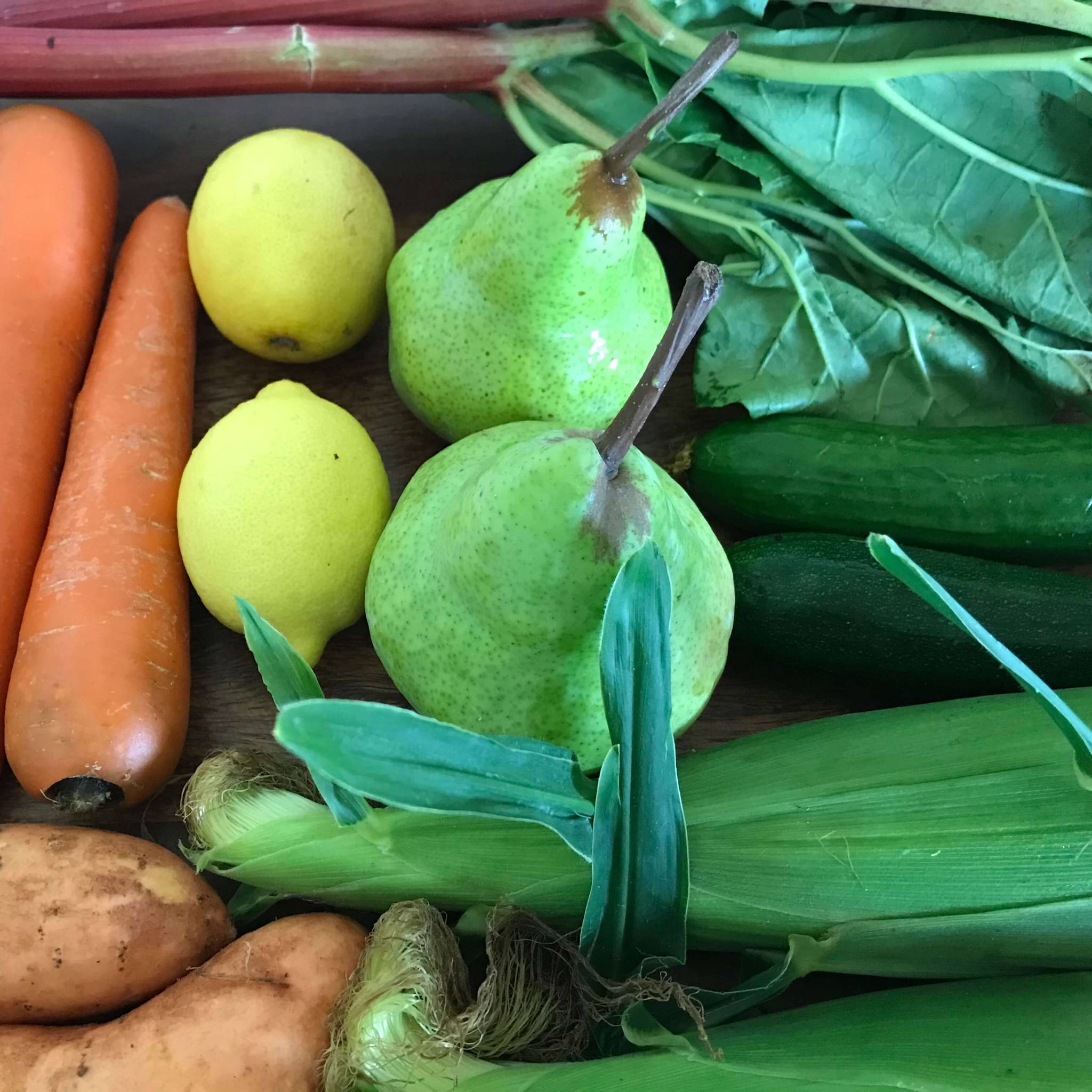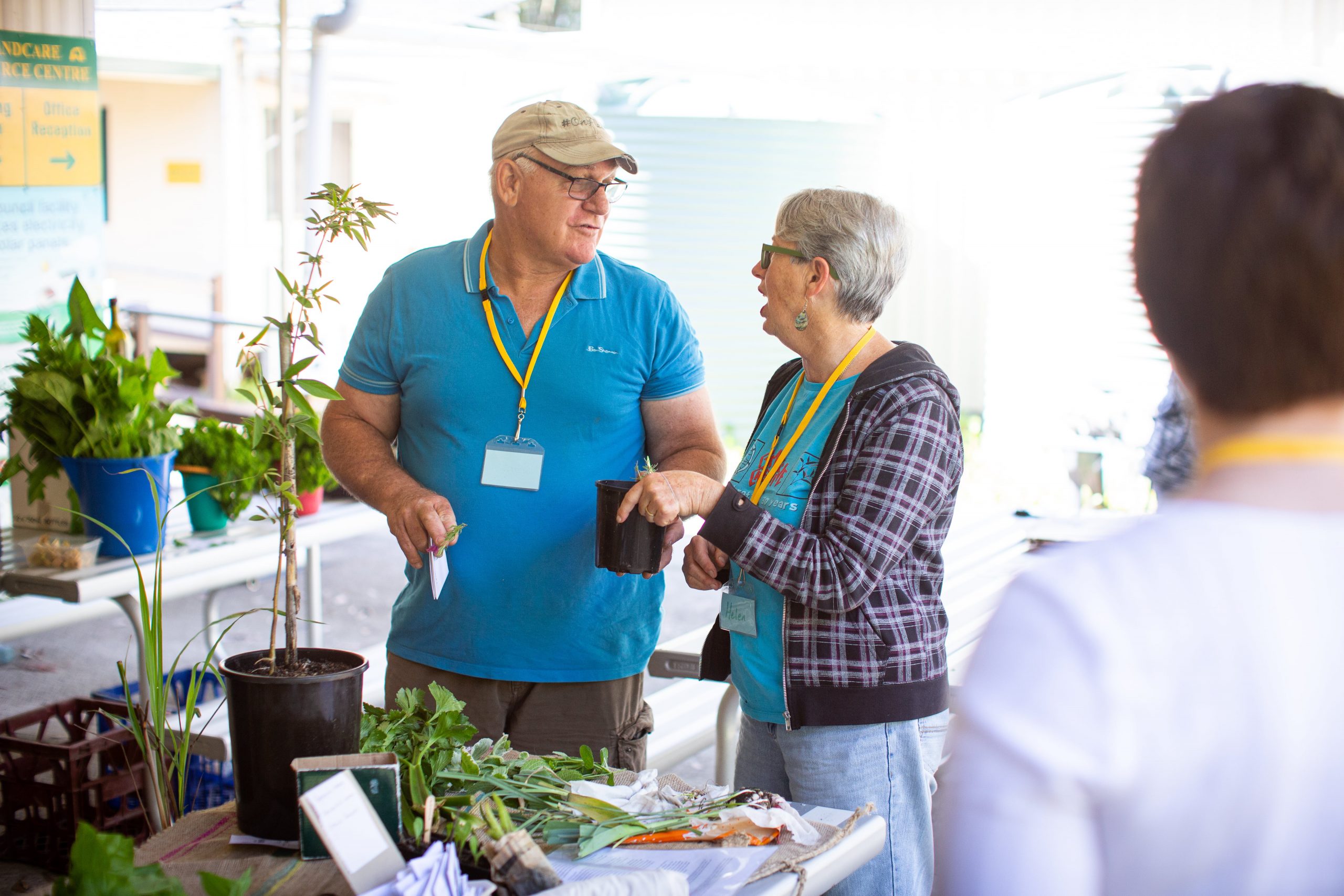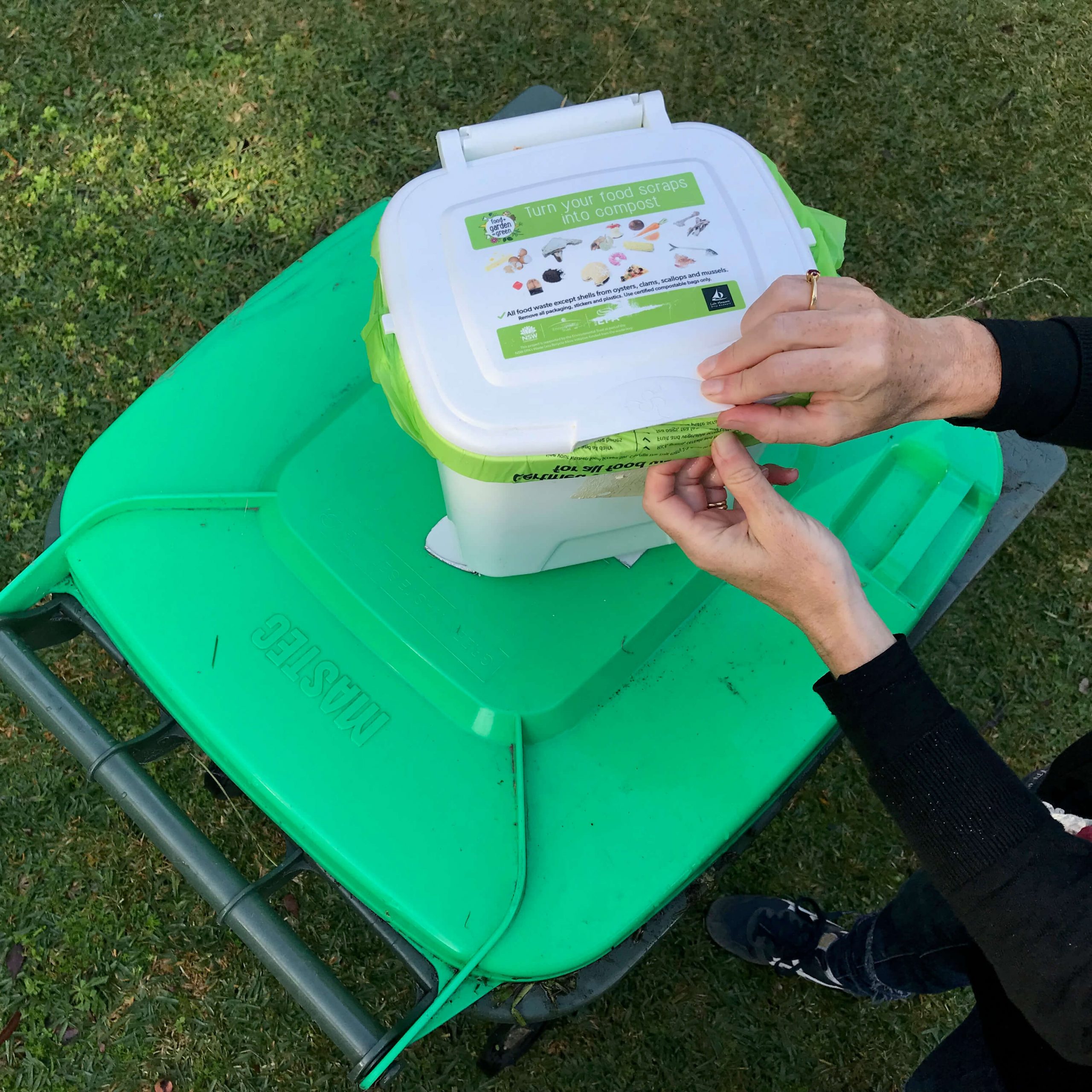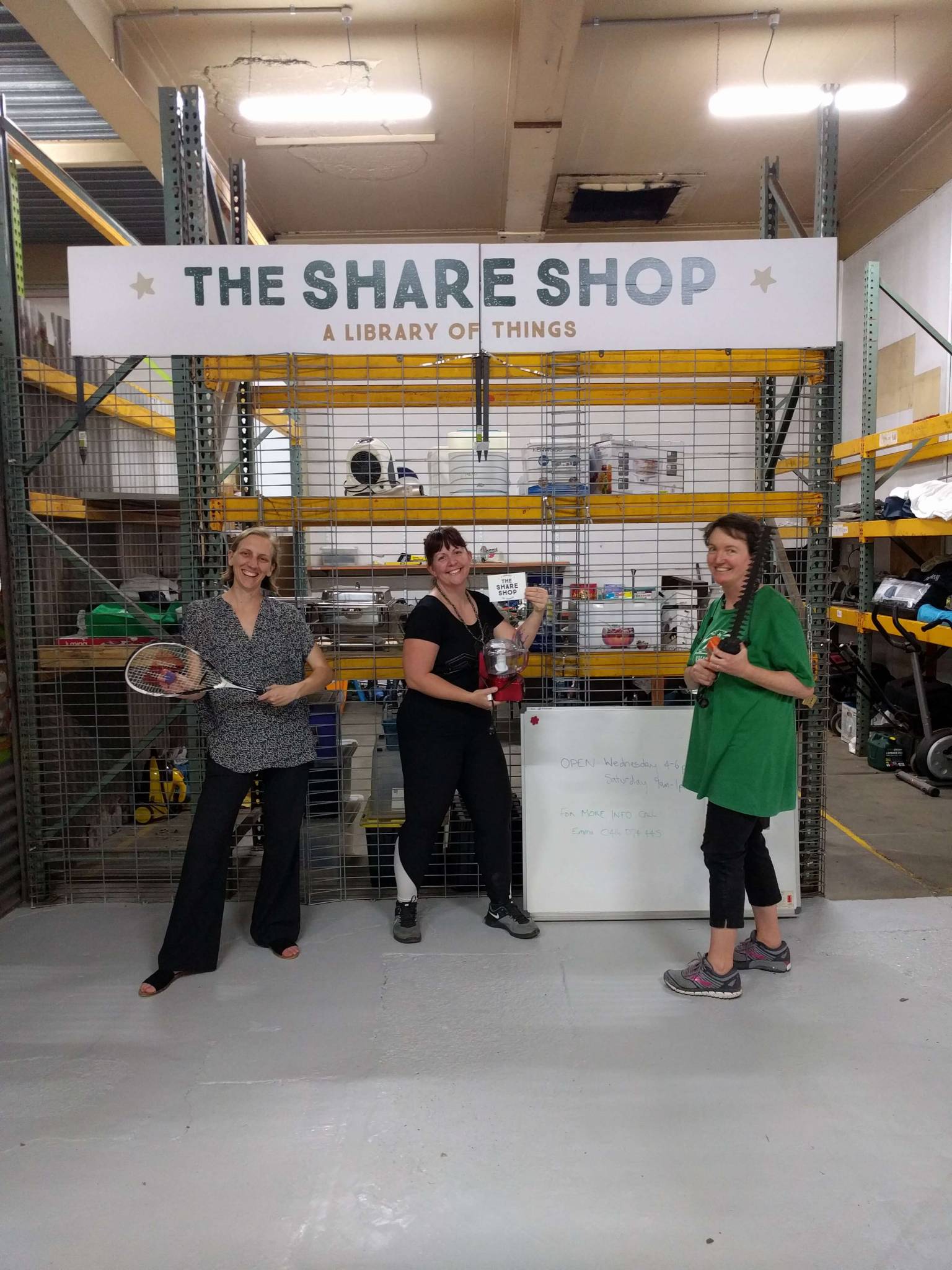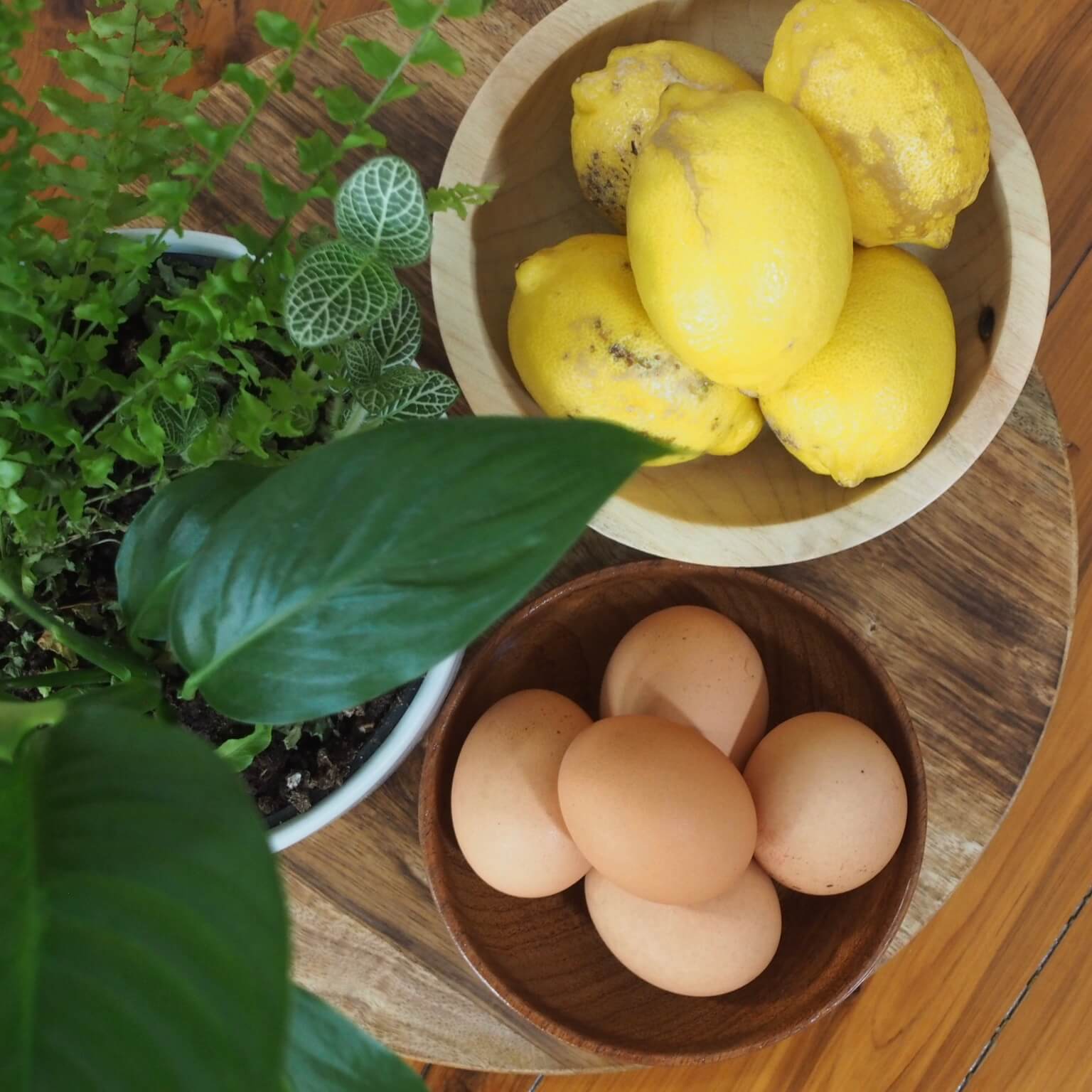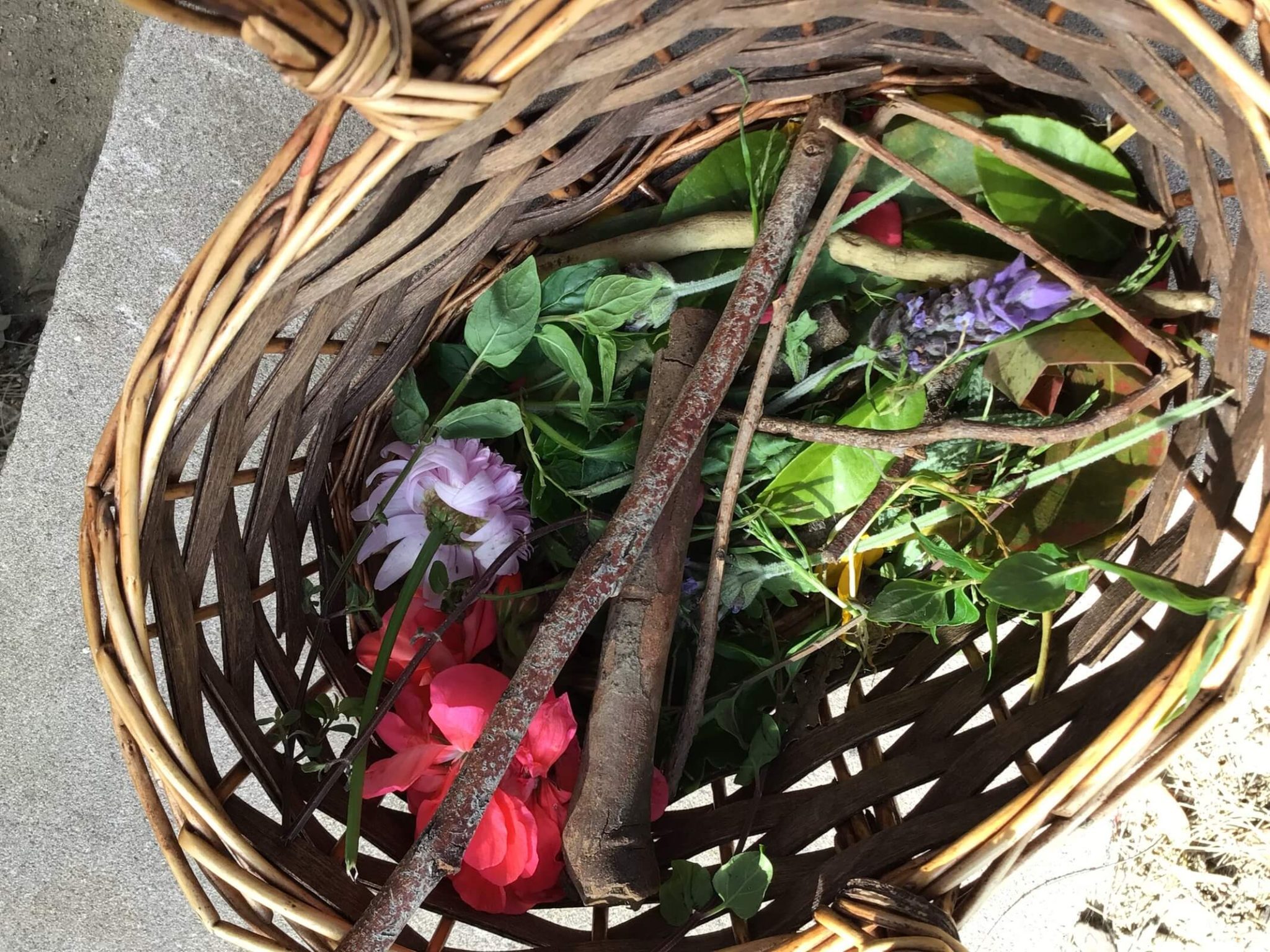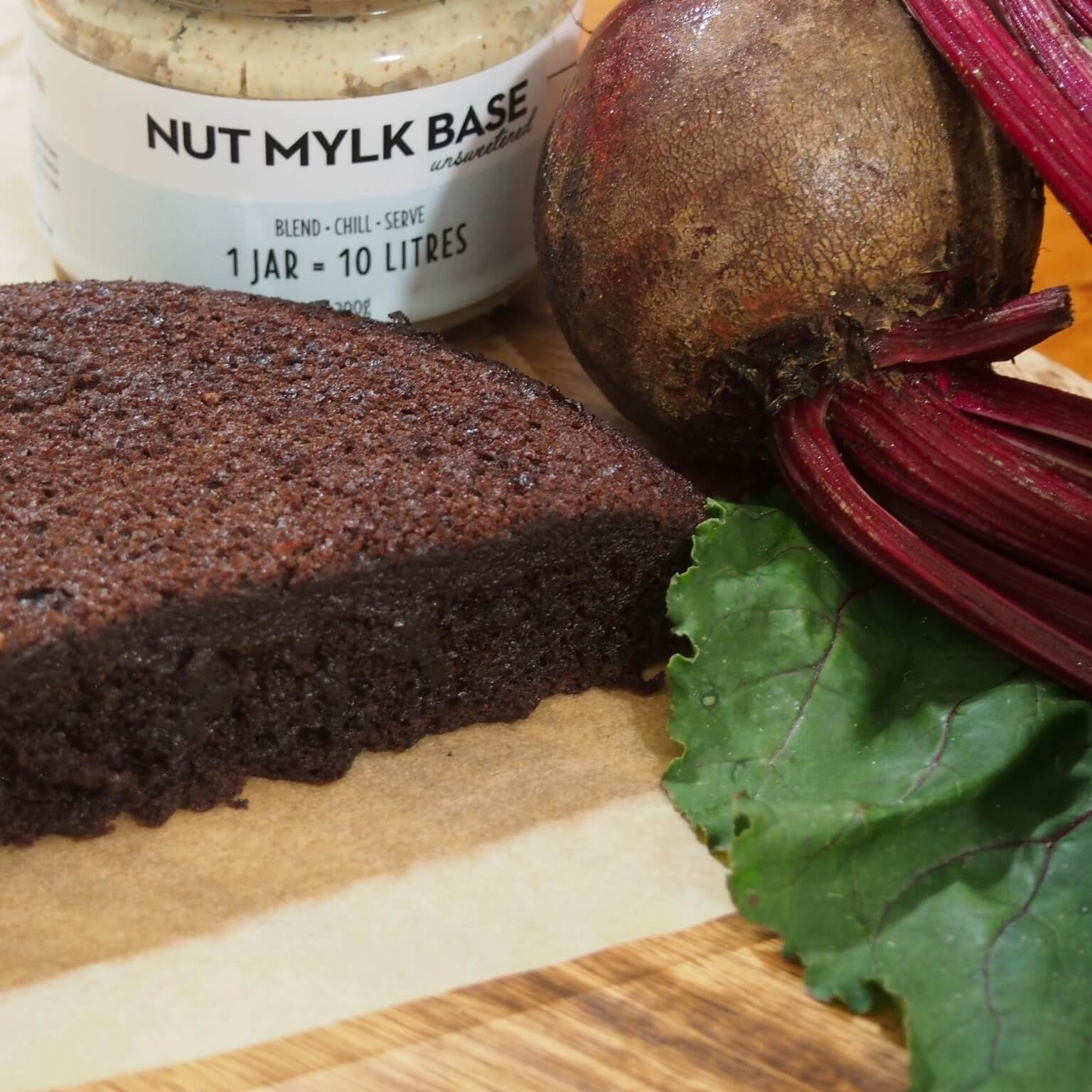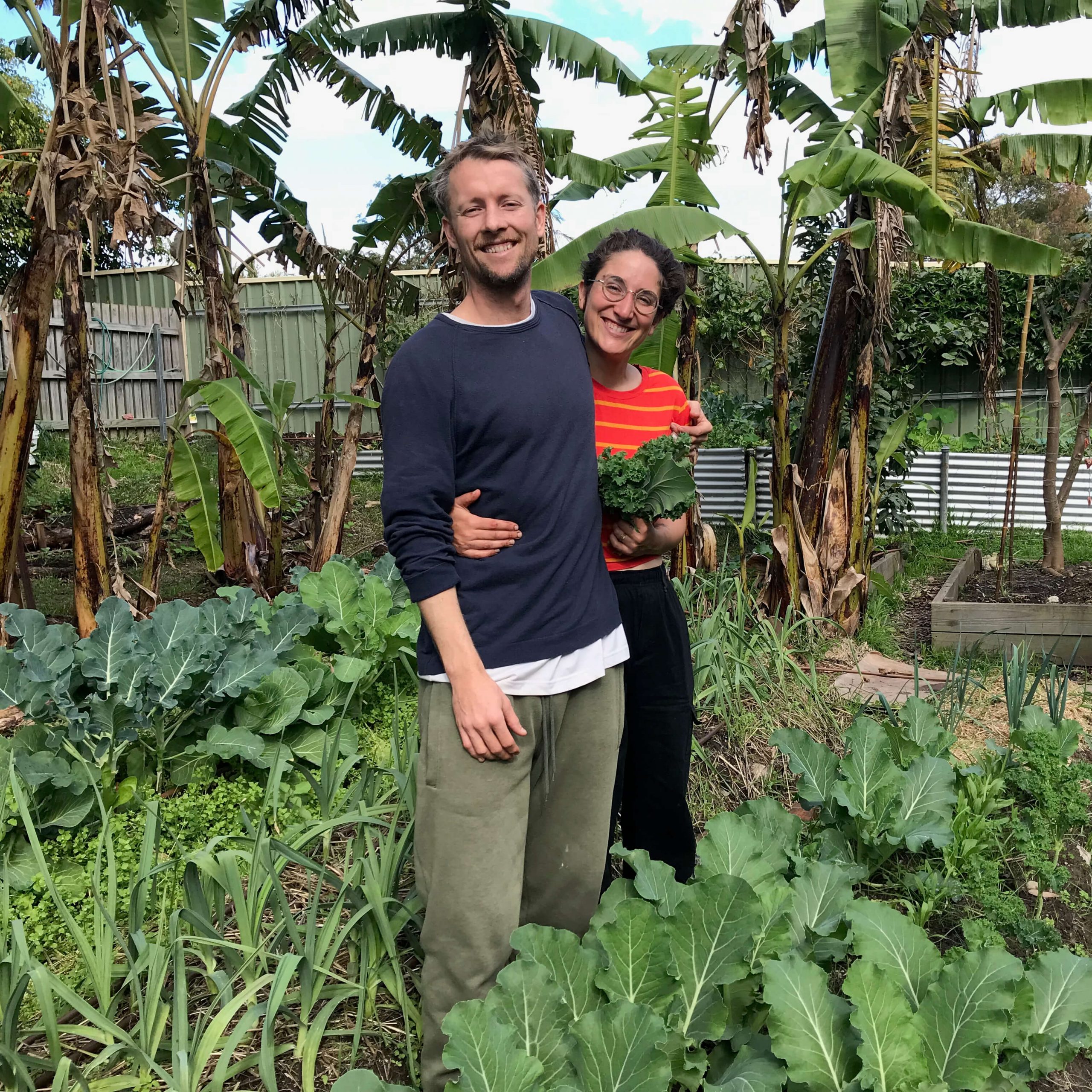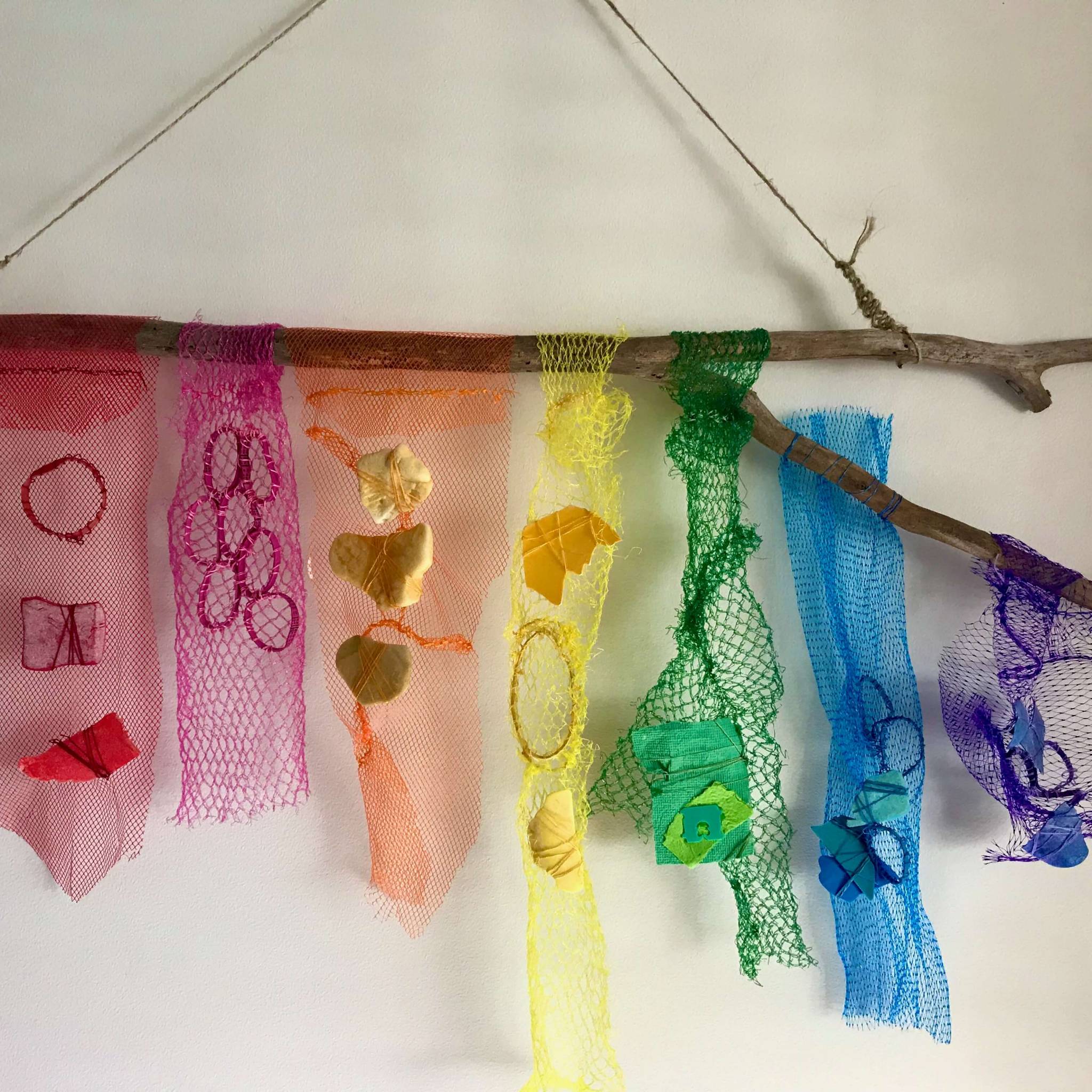Focus on Reducing, Food Waste, In the Home, Making Change
6 Ways to Create a New Normal for Grocery Shopping
It’s early 2020, and the global pandemic COVID-19 virus has shaken up our everyday living. One of the most significant areas we’ve needed to make an immediate change is the way we shop for groceries. We’ve needed to change our ways quicker than ever!
Discover 6 ways to create a new normal for grocery shopping – the main positive changes people have made to how they now grocery shop during this sudden disruption.
Australian Government recommendations are changing so quickly. Social distancing, the requirement to stay at home and go out for essential services only is a significant contributor to changing the way we shop.
Pre-Pandemic Normal
Our pre-pandemic normal (particularly in city and regional areas) is primarily a reliance on national chain supermarkets to sell us everything we need, which is available at all times, every day and every night, nearly 365 days a year. We could buy as much as we like. We had a massive choice of brands and prices. We had the accessibility and convenience to shop at any time. We could plan our meals.
Changing How We Shop
The sizable disruption to our everyday living means we’ve had to alter the way we shop. Looking for positive, sustainable and community-focused solutions to the current pandemic problem is necessary.
I’ve gradually decreased my reliance on large chain supermarkets over the years, opting to patronise smaller businesses, such as my local butcher, bakery, an online farmers market and bulk food store. I started my own local, simplified egg co-operative with friends, which is now going strong.
Looking for positive, sustainable and community-focused solutions to the current pandemic problem is necessary.
Within our community, I asked what the main positive changes people have made to how they now grocery shop during this sudden disruption. Here are 6 fantabulous actions which may become your new normal:-
1. Reducing overall grocery expenditure by avoiding non-essential foods, such as chocolate, ice cream and chips.
2. Learning to cook with what we have in the pantry, the garden, fridge and freezer. This practise minimises time spent at the shops and goes back to the basics of eating everything we have before buying again. Spending more time at home naturally encourages us to cook more and rely less on eating out.
As we come to value the availability of food, we can make the most of it by enjoying leftovers and become more resourceful with our food to reduce the food waste problem. Australian Pip Magazine has a great article on how to survive a global crisis using permaculture.
3. Flipping the menu planning to be more creative by planning with what we have already (also known as “shop your pantry”) and what’s available in the food stores. Recipe books like The Cook’s Companion and internet recipe searches which categorise by veggie rather than meal-based (ie dessert, main meal) help us plan around the “what’s left” item.
We can become more creative with produce when our favourite fresh veggies are unavailable. How do you cook with rhubarb? What do you do with real beetroot? How can we use those too-soft bananas in the fruit bowl? We’ve unlocked a whole new world of learning and taste!
4. Shopping less frequently and when we do shop in store, it becomes very task focussed. There’s no time for inspiration, window shopping, or catching up with friends.
Kirsty from The Source Bulk Foods (Erina) has noticed that “people are doing bigger shops less frequently to try and minimise their number of contacts”. Online grocery shopping has popularised substantially, yet delivery is prolonged more than before.
5. Establishing a home veggie patch. I have to admit that it’s been on the to-do list for a while. Now’s the best time to get started! Local permaculture farm, Limestone Permaculture has a seasonal Permaculture Design Certificate course to help your growing at home.
Understanding the rhythms of food growing, seasons, weather conditions and the nuances of gardening is connecting us back to nature.
6. Buying from specialised businesses to source food eg the bakery, milkman, butcher. These local businesses know their stuff, and we get to know them.
Supporting local business and services increases our connection between the farmer or producer and us as the end consumer and will ensure they remain an integral part of our community.
The New Normal
The forced change gives us the chance to experience something different and improve our everyday lifestyle. We can taste new foods, develop new skills and start to embrace excellent lifelong qualities such as optimism and flexibility.
The above ideas and actions we are doing right now actually support living sustainably in the long run. We can take these 6 ways to create a new normal for grocery shopping:
- reduce our overall grocery spend
- learn how to cook better
- flip menu planning upside down
- shop less frequently
- start our own veggie patch
- support independent local food businesses
We may even have enough time for us to create this as our new habit. It may be better than what we had before, our new normal for grocery shopping.
Discover More…
- More ideas at French for Tuesday to help you reduce food waste include ways to use surplus lemons, making a pear jelly from leftover syrup and a delicious recipe for a vegan beetroot chocolate cake.



